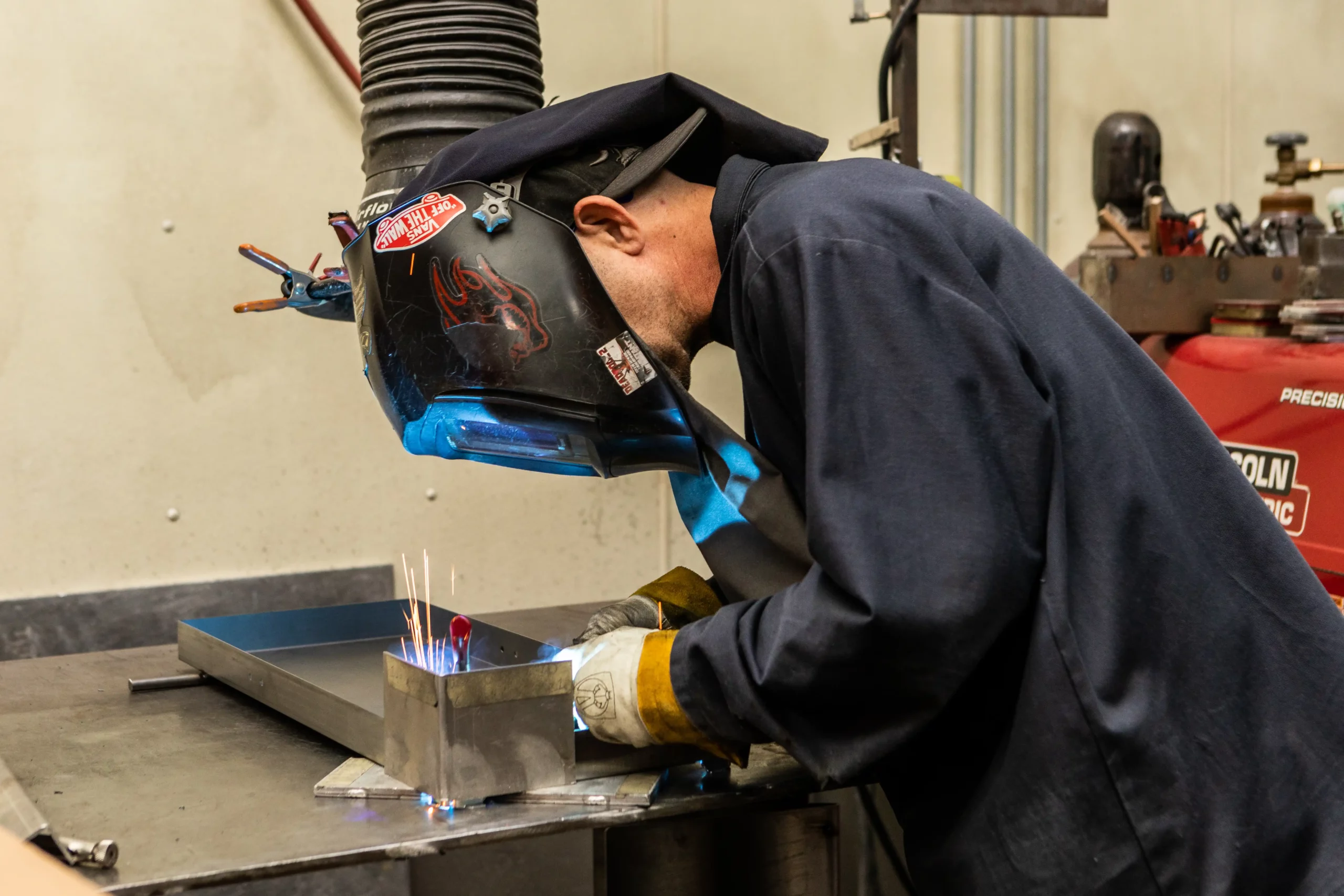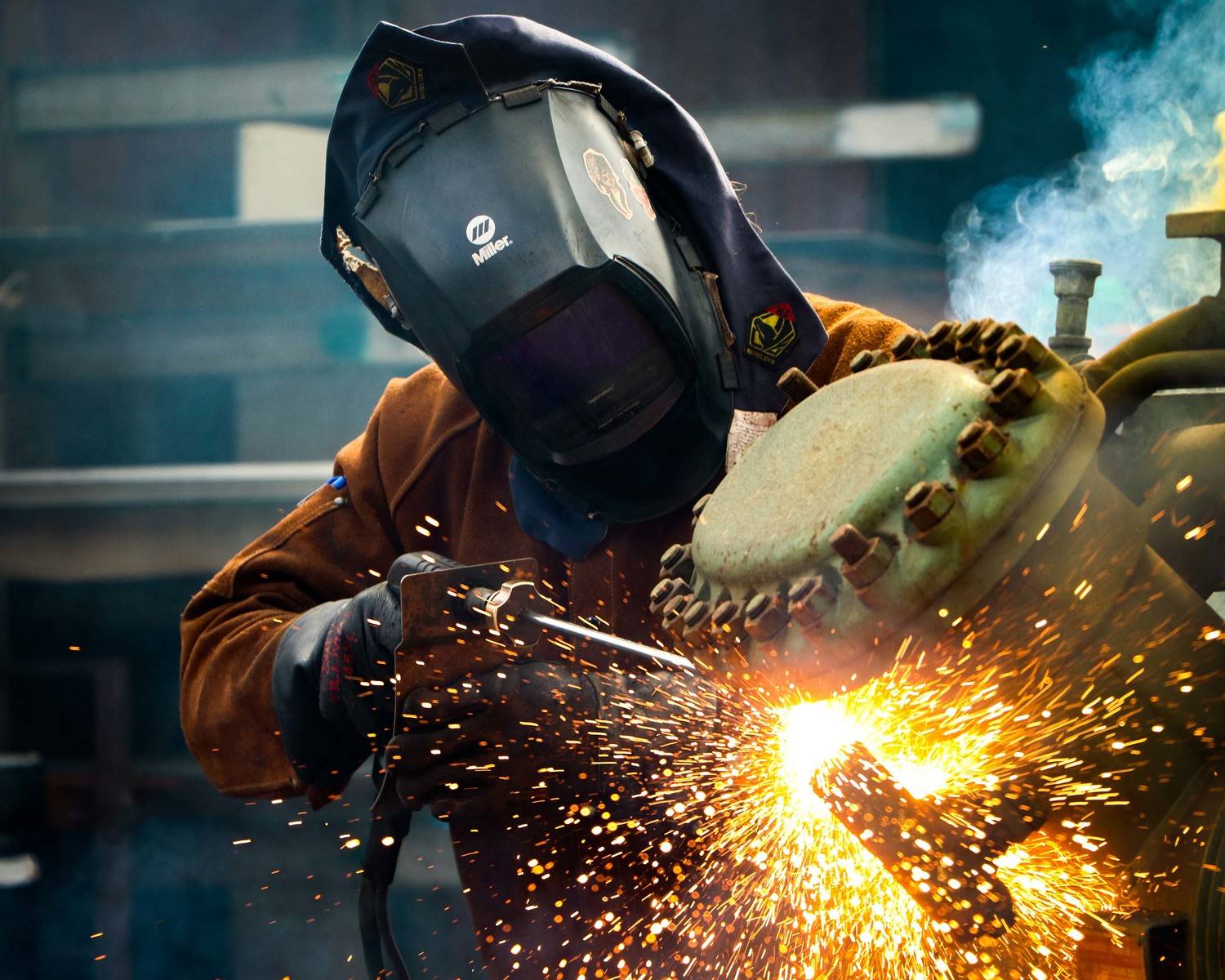Optimizing Your Welding WPS: Methods for Improved Performance and Performance
Optimizing Your Welding WPS: Methods for Improved Performance and Performance
Blog Article
Getting Welding Excellence: Introducing the Tricks of WPS Implementation and Optimization
In the realm of welding, attaining quality is a quest that hinges on the thorough application and optimization of Welding Treatment Requirements (WPS) These fundamental papers offer as the backbone of welding procedures, determining the procedures and criteria required for creating high-quality welds consistently. Nonetheless, the secrets to unlocking the complete potential of WPS lie not just in understanding its significance yet likewise in mastering the complexities of its implementation and optimization. By diving right into the essential elements, techniques, difficulties, and best practices related to WPS, a world of welding excellence awaits those that are willing to explore its midsts.
Importance of WPS in Welding
The Significance of Welding Procedure Specifications (WPS) in the welding industry can not be overemphasized, acting as the foundation for guaranteeing consistency, quality, and safety and security in welding operations. A WPS supplies detailed guidelines on exactly how welding is to be executed, consisting of essential variables such as products, welding procedures, joint layout, filler metals, interpass and preheat temperatures, welding currents, voltages, travel rates, and more. By sticking to a well-defined WPS, welders can maintain harmony in their work, bring about consistent weld quality across various jobs.

Crucial Element of WPS
Talking about the integral parts of a welding treatment spec (WPS) is crucial for recognizing its function in welding procedures. A detailed WPS includes several crucial elements that lead welders in accomplishing top quality and consistency in their work. One crucial facet of a WPS is the welding process specification, which outlines the specific welding procedures to be used, such as gas tungsten arc welding (GTAW) or secured steel arc welding (SMAW) In addition, the WPS includes information on the welding materials, such as the type and specs of the base steel and filler metal to be utilized. The WPS likewise specifies necessary variables like welding parameters, preheat and interpass temperature needs, and post-weld warm treatment procedures. Furthermore, it includes information on joint layout, fit-up, and any special strategies or precautions needed for the welding procedure. By integrating these key components into the WPS, welding treatments can be standardized, making certain quality, effectiveness, and safety in welding procedures.
Techniques for WPS Optimization

Second of all, training and certification of welding employees according to the specific requirements of the WPS is extremely important. Giving extensive training programs and guaranteeing that welders are certified to execute procedures laid out in the WPS can lead to better welds and decreased rework.
In addition, leveraging innovation such as welding software application and surveillance systems can aid in maximizing WPS. These tools can aid in monitoring variables, making certain specifications are within specified limits, and giving real-time feedback to welders, allowing them to make immediate modifications for enhanced weld top quality.
Typical Obstacles and Solutions
Facing obstacles in applying the techniques for WPS optimization can hinder welding procedures' performance and quality. One usual obstacle is inadequate training or understanding of the welding treatment specifications (WPS) among the welding group.
An additional difficulty is the absence of appropriate documentation and record-keeping, which is important for WPS optimization. Without clear records of welding criteria, products utilized, and evaluation outcomes, it becomes difficult to identify areas for enhancement and ensure consistency in welding processes. Implementing a durable documentation system, such as electronic welding management software application, can help enhance record-keeping and assist in data evaluation for continuous renovation.
Additionally, irregular welding equipment calibration and maintenance can pose a substantial difficulty to WPS optimization. Regular equipment checks, calibration, and maintenance routines need to be adhered to purely to guarantee that welding parameters are properly managed and preserved within the specified resistances (welding WPS). By attending to these common challenges with proactive remedies, welding procedures can enhance efficiency, high quality, and total welding quality
Best Practices for WPS Execution
To ensure successful WPS implementation in welding operations, adherence to industry standards and thorough attention to information are vital. When starting WPS execution, it is vital to begin by extensively understanding the specific welding demands of the project. This entails a thorough evaluation of the welding procedure specifications, materials to be welded, and the environmental problems in which the welding will happen.
Once the requirements are clear, the next step is to choose the suitable welding procedure that aligns with these specifications. This entails consulting the appropriate codes and standards, such as those offered by the American Welding Culture (AWS) or the International Organization for Standardization (ISO), to ensure conformity and quality.
Furthermore, documenting the whole WPS execution process is important for traceability and quality assurance. Thorough records ought to be kept regarding welding specifications, product preparation, interpass and preheat temperatures, welding consumables utilized, and any kind of this post deviations from the initial procedure. Routine audits and evaluations of the WPS can help recognize areas for improvement and make sure continuous optimization of the welding process.


Conclusion
In conclusion, the implementation and optimization of Welding Procedure Specifications (WPS) is crucial for attaining welding quality. By comprehending the crucial components of WPS, executing reliable methods for optimization, dealing with usual obstacles, and following best techniques, welders can make certain high-quality welds and secure working problems. It is imperative for professionals in the welding sector to prioritize the appropriate implementation of WPS to improve overall welding efficiency and accomplish wanted end results.
The Significance of Welding Treatment Specifications (WPS) in the welding market can not be overstated, serving as the backbone for guaranteeing consistency, quality, and safety in welding procedures. A WPS provides comprehensive directions on how welding is to be carried out, consisting of essential variables such as materials, welding procedures, joint layout, filler metals, interpass and preheat temperature levels, welding currents, voltages, traveling speeds, and more. One important aspect of go to this site a WPS is the welding process specification, which lays out the particular welding processes to be utilized, such as gas tungsten arc welding (GTAW) or protected metal arc welding (SMAW) By incorporating these key elements into the WPS, welding treatments can be standard, making certain high quality, effectiveness, and safety and security in welding operations.
It is important for specialists in the welding industry to focus on the proper implementation of WPS to improve total welding performance and achieve desired outcomes.
Report this page